Home>Dining>Table Decor>How To Make Centerpieces For Tables
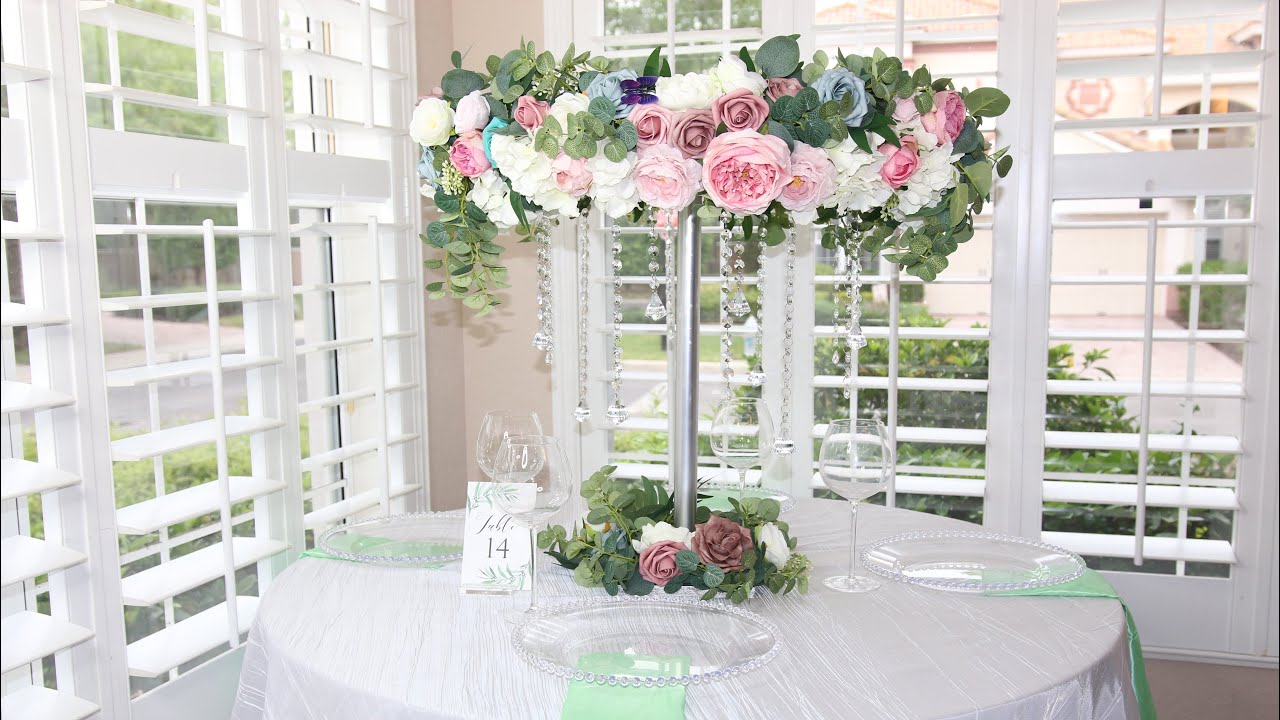

Table Decor
How To Make Centerpieces For Tables
Modified: February 24, 2024
Learn how to create stunning centerpieces for tables with our step-by-step guide. Elevate your table decor with these easy and creative ideas.
(Many of the links in this article redirect to a specific reviewed product. Your purchase of these products through affiliate links helps to generate commission for Storables.com, at no extra cost. Learn more)
Introduction
Choosing the right centerpieces for your tables can elevate the ambiance of any event or occasion. Whether you’re hosting a formal dinner party, a wedding reception, or a casual gathering, table decor adds a touch of style and personality to the overall setting. It’s an opportunity to showcase your creativity and make a lasting impression on your guests.
In this article, we’ll explore how to make stunning centerpieces for tables that will leave everyone in awe. From selecting the perfect theme to assembling the centerpiece, we’ll guide you through the process step by step. So let’s dive in and discover the art of table decor!
Key Takeaways:
- Elevate any event with stunning table centerpieces that reflect your creativity and style. From choosing a theme to assembling the centerpiece, create a visually captivating display that leaves guests in awe.
- Design and assemble beautiful centerpieces by carefully selecting flowers, considering color schemes, and adding personalized touches. Display them strategically to create a captivating focal point on your table.
Read more: How To Make Centerpieces With Candy
Materials Needed
Before diving into the creation of your table centerpieces, it’s essential to gather all the necessary materials. Here’s a list of items you’ll need:
- Tablecloth or table runner
- Vases or containers
- Flowers and greenery
- Candles or LED lights
- Ribbon or decorative accents
- Scissors or floral shears
- Water tubes or floral foam
- Optional: Decorative elements like beads, feathers, or crystals
Having these materials ready beforehand will make the process smoother and more enjoyable. Remember to choose high-quality materials that complement your desired theme and color scheme.
Choosing a Theme
The theme of your event or occasion will dictate the overall design and style of your table centerpieces, essentially helping you set your table with a specific ambiance. Selecting a theme is an important first step as it will guide all your subsequent decisions throughout the creative process, from choosing the right colors to the perfect table settings. Here are a few ideas to inspire your theme choice:
- Seasonal: Embrace the beauty of the current season by incorporating elements that reflect its colors, textures, and motifs. For example, a spring-themed centerpiece could feature pastel flowers and fresh greenery.
- Classic Elegance: Opt for a timeless and sophisticated look with a monochromatic color scheme and elegant floral arrangements. Roses, lilies, and calla lilies are popular choices for this type of centerpiece.
- Rustic Charm: Create a cozy and welcoming atmosphere with a rustic-themed centerpiece. Use natural elements like wood, burlap, and wildflowers to infuse a touch of countryside charm.
- Tropical Paradise: Bring a taste of the tropics to your tables with vibrant and exotic elements. Think orchids, palm leaves, and tropical fruits to create an eye-catching centerpiece that transports guests to an island getaway.
- Vintage Glam: Add a touch of old-world glamour to your tables with a vintage-themed centerpiece. Vintage-inspired vases, delicate lace, and soft pastel flowers will evoke a sense of nostalgia and elegance.
Consider the atmosphere you want to create and the preferences of your guests when selecting a theme. It should align with the overall aesthetic of the event and complement the venue’s decor.
Once you have chosen a theme, it will serve as a guiding principle for all your design decisions, from selecting the flowers and containers to the final arrangement. It helps to keep everything cohesive and create a visually pleasing table centerpiece.
Selecting a Tablecloth
The tablecloth serves as the foundation for your table decor and sets the tone for the centerpiece. It’s important to choose a tablecloth that complements your overall theme and enhances the visual appeal of your centerpiece. Here are some factors to consider when selecting a tablecloth:
- Color and Pattern: The color of the tablecloth should either complement or contrast with the centerpiece. For a classic and elegant look, opt for neutral colors like white, ivory, or gray. If you want to make a bold statement, choose a vibrant color that complements your theme. Patterns can add visual interest, but make sure they do not compete with or overwhelm the centerpiece.
- Material: Consider the material of the tablecloth to ensure it suits the occasion. Linen or cotton tablecloths are versatile and work well for both casual and formal events. Satin or silk tablecloths add a touch of luxury for more upscale affairs. Make sure the material is of high quality and wrinkle-resistant for a polished look.
- Size and Shape: Measure your tables to determine the appropriate size and shape of the tablecloth. A tablecloth that is too small or too large can detract from the overall aesthetic. Round or rectangular tablecloths are the most common options, but consider the shape of your tables and the desired look you want to achieve.
- Texture: The texture of the tablecloth can add visual interest and dimension to the centerpiece. Consider options like lace, burlap, or sequined fabrics to enhance the theme and make a statement.
Once you have chosen the tablecloth, ensure it is clean and wrinkle-free for a polished presentation. Iron or steam the tablecloth before laying it on the table to create a smooth and elegant backdrop for your centerpiece.
Remember, the tablecloth should enhance the centerpiece without overpowering it. Aim for a harmonious balance between the two elements to create a visually appealing and cohesive table decor setup.
Gathering Inspiration
Now that you have selected your theme and tablecloth, it’s time to gather inspiration for your table centerpieces. Looking for ideas and inspiration will help you envision the overall look and feel you want to create. Here are some sources to spark your creativity:
- Online platforms: Browse through websites, blogs, and social media platforms like Pinterest, Instagram, and wedding forums to discover a vast array of centerpiece ideas. Look for images and styles that resonate with your theme and personal preferences.
- Magazines and books: Flip through home decor, event planning, and floral design magazines for stunning visuals and creative ideas. Books on table settings and floral arrangements can provide step-by-step instructions and tips for crafting beautiful centerpieces.
- Real-life events: Attend parties, weddings, and other events to see firsthand how others have styled their tables. Take note of elements that catch your eye and adapt them to fit your own vision.
- Nature walks: Take a stroll in nature to find inspiration in the beauty of the natural world. Pay attention to colors, textures, and shapes of leaves, flowers, and other elements. Incorporating natural elements into your centerpiece can add a touch of organic charm.
- Art and design: Explore art galleries, museums, and interior design exhibitions to gather inspiration from various artistic styles and color schemes. Pay attention to composition and balance in artworks, as these principles can be applied to your centerpiece design.
As you gather inspiration, make a collection of images, sketches, or notes that capture your ideas. This will serve as a visual reference and help you stay focused on your vision throughout the creative process. Remember, you don’t need to replicate exactly what you see; rather, use it as a starting point to create something unique and personalized.
By exploring different sources of inspiration, you’ll be able to gather a plethora of ideas and techniques that will inform your own creative process. Drawing from these sources will help you create visually striking and captivating centerpieces for your tables.
Read more: How To Make Tulle Centerpieces
Creating a Budget
Before diving into the creation of your table centerpieces, it’s important to establish a budget. Setting a budget ensures that you stay within your financial means and helps you make informed decisions when purchasing materials for your centerpiece. Here’s how you can create a budget:
- Define your budget: Determine how much you are willing to spend on the table centerpieces. Consider factors such as the number of tables, the complexity of the design, and the cost of materials.
- Research prices: Research the prices of the materials you’ll need, such as flowers, vases, candles, or other decorative elements. Compare prices from different vendors to find the best deals.
- Consider alternatives: If certain materials are beyond your budget, look for cost-effective alternatives. For example, you could use artificial flowers instead of fresh ones or opt for inexpensive containers that can be decorated to suit your theme.
- Prioritize your expenses: Determine which elements are the most important to you. If you have a limited budget, allocate more funds to key items such as flowers and choose budget-friendly options for secondary elements.
- Factor in additional costs: Consider any additional expenses, such as transportation or hiring a professional florist, if necessary. Be sure to include these costs in your budget to avoid any surprises.
- Keep track of expenses: As you purchase materials and incur expenses, keep a record of your spending. This will help you stay organized and ensure that you don’t exceed your budget.
It’s important to be realistic about your budget and make adjustments as needed. Remember, creating beautiful centerpieces doesn’t have to break the bank. With careful planning and smart purchasing decisions, you can create stunning table decor that fits within your budget.
By establishing a budget, you can make informed decisions and prioritize your spending to create visually appealing centerpieces without overspending. It allows you to be more strategic in your choices and ensures a stress-free and enjoyable creative process.
Designing the Centerpiece
Designing the centerpiece is where your creativity truly comes to life. This step involves carefully planning the composition and arrangement of elements within the centerpiece. Here’s how you can design a visually compelling centerpiece:
- Plan the focal point: Decide on the focal point of your centerpiece, which could be a striking flower arrangement, a cluster of candles, or a unique decorative object. This focal point will draw attention and serve as the centerpiece’s main attraction.
- Consider height and scale: Vary the height and scale of the elements within the centerpiece to add visual interest. Mix tall flowers or branches with shorter blooms and incorporate varying sizes of candles or decorative objects.
- Create depth and dimension: Layer different elements to create depth and dimension within the centerpiece. Place larger flowers or objects towards the back and smaller ones towards the front. Use foliage and greenery to fill in gaps and add texture.
- Balance the composition: Aim for a balanced composition by distributing visual weight evenly throughout the centerpiece. Avoid overcrowding one area and leave enough space for each element to shine.
- Play with color and texture: Incorporate a variety of colors and textures within the centerpiece to create a visually captivating display. Consider complementary or contrasting color schemes that align with your theme.
- Ensure cohesiveness: Tie the elements together by incorporating a consistent color palette and using cohesive design elements. For example, if you have chosen a rustic theme, use natural materials like wooden accents or burlap to create a cohesive look.
While planning and designing the centerpiece, it’s essential to keep the overall aesthetic in mind. Align the design with the theme, tablecloth, and the atmosphere you want to create. Experiment with different arrangements and adjust until you achieve a visually pleasing and balanced centerpiece.
Remember, don’t be afraid to let your creativity shine through and trust your instincts. Your unique vision and personal touch will result in a centerpiece that reflects your individual style and adds a touch of magic to your table décor.
Consider using a variety of heights and textures in your centerpiece to create visual interest. Mix in elements like candles, greenery, and different sized vases to add depth to the arrangement.
Choosing the Container
The choice of container for your centerpiece can greatly impact the overall look and style. It serves as the vessel that holds and showcases the flowers, foliage, or other decorative elements. Here are some considerations when choosing the container for your centerpiece:
- Theme and Style: The container should align with the overall theme and style of your event or occasion. For a classic and elegant look, opt for sleek and understated vases. A rustic theme may call for more natural and textured containers like tin pails or mason jars.
- Size and Shape: Consider the dimensions of your table and the space available for the centerpiece. The size and shape of the container should be proportionate to the table and not overpower the arrangement. A taller centerpiece may work well in a larger space, while a low and compact centerpiece suits a more intimate setting.
- Material: Containers come in a variety of materials, including glass, ceramic, metal, or even unconventional options like repurposed items. Choose a material that complements the theme and adds visual interest to the centerpiece.
- Versatility: If you plan on reusing the containers for future events, opt for versatile options that can be easily incorporated into different themes. Neutral-toned or clear glass vases are often versatile choices that can adapt to a variety of styles.
- Accessibility: Consider how easy it will be to assemble and arrange the centerpiece within the chosen container. Ensure that the container can accommodate the size and volume of the floral arrangements without overcrowding or causing instability.
- Consider the tablecloth: Take into account the color, pattern, and texture of the chosen tablecloth. The container should complement and enhance the tablecloth, creating a cohesive and visually pleasing look.
Remember, the container should not overshadow or compete with the centerpiece. It should complement and enhance the beauty of the floral arrangements or decorative elements within it. Consider experimenting with different container options during the design process to find the perfect fit for your centerpiece.
Ultimately, choosing the right container for your centerpiece adds an extra layer of visual appeal and helps tie together the overall table decor, creating a cohesive and captivating display.
Collecting Flowers and Greenery
Choosing the right flowers and greenery is a crucial step in creating a stunning centerpiece. The selection of blooms and foliage can greatly enhance the overall aesthetic and theme. Here’s how you can collect the perfect flowers and greenery:
- Consider the Theme: Keep the theme of your event in mind when choosing flowers and greenery. For a romantic and elegant theme, roses, peonies, and hydrangeas can be beautiful choices. A rustic theme may call for wildflowers, sunflowers, or daisies.
- Color Scheme: Decide on a color scheme that complements your overall theme and tablecloth. Consider the color palette of your event and opt for flowers and greenery that align with those colors. You can choose monochromatic arrangements or create a striking contrast with complementary colors.
- Freshness and Quality: Select fresh and high-quality flowers that will last throughout your event. Visit reputable flower markets or local florists to ensure the freshness of the blooms. If possible, choose seasonal flowers, as they tend to be more vibrant and readily available.
- Texture and Shape: Experiment with different textures and shapes to add visual interest to your centerpiece. Combine blossoms with different petal shapes, sizes, and textures to create depth and dimension. Incorporate various types of foliage to add volume and fill in gaps.
- Greenery Options: Explore different greenery options to complement your flowers. Eucalyptus, ferns, ivy, and succulents are popular choices that add freshness and texture to arrangements. Consider the style of your centerpiece when choosing the type of greenery.
- Quantity: Determine the number of flowers and greenery you’ll need by considering the size of your centerpiece and the number of tables. Create a balance between the amount of greenery and the blooms to achieve a visually appealing arrangement.
- Durability: Consider the lifespan and durability of the flowers you choose. Some flowers may wilt quickly, while others can withstand the entire event without wilting. Take into account the duration of your event and any environmental factors that could affect the longevity of the flowers.
Remember to take care of the flowers and greenery from the moment you acquire them until they are arranged in the centerpiece. Trim the stems, change the water regularly, and keep them in a cool and well-lit area to maintain their freshness.
By carefully selecting the right flowers and greenery, you can create a visually stunning centerpiece that brings life and beauty to your table decor.
Read more: How To Make Topiary Centerpieces
Assembling the Centerpiece
Now that you have gathered all the necessary materials and collected your flowers and greenery, it’s time to assemble your centerpiece. Here’s a step-by-step guide to help you create a beautifully arranged centerpiece:
- Prepare the container: Clean the container and ensure it is dry. If using floral foam or water tubes, place them securely inside the container.
- Trim the stems: Trim the stems of your flowers at an angle, removing any excess foliage or thorns. Cut the stems at different lengths to create varying heights within the centerpiece.
- Create a focal point: Start by adding your focal point flowers to the arrangement. These are typically larger or more eye-catching blooms that will draw attention to the centerpiece.
- Add greenery and filler: Begin filling in the gaps and adding volume by incorporating your chosen greenery and filler flowers. Place them strategically to create a natural and balanced look.
- Consider the placement: As you add each stem, consider the overall balance and composition of the centerpiece. Step back occasionally to assess the arrangement from different angles and make adjustments as needed.
- Layer and create depth: Gradually build layers within the centerpiece by placing shorter stems in front and taller ones towards the back. This technique adds depth and dimension to the arrangement.
- Fill in any gaps: Check for any visible gaps within the centerpiece and fill them in with additional flowers, greenery, or filler. Ensure that all elements are evenly distributed throughout the arrangement.
- Step back and assess: Once you’re satisfied with the arrangement, take a step back and assess the centerpiece from different angles. Make any final adjustments to ensure a visually appealing and balanced display.
Throughout the assembling process, trust your instincts and let your creativity guide you. It’s okay to experiment and make changes until you achieve the desired look and feel. Remember, no arrangement is perfect, and the beauty of a centerpiece lies in its organic and natural aesthetics.
Once you have assembled the centerpiece, place it on your table and ensure it is positioned in a way that doesn’t obstruct views or conversation. Make any necessary final adjustments before moving on to adding finishing touches.
Congratulations! You have successfully assembled a beautiful centerpiece that will add a touch of elegance and charm to your table decor!
Adding Finishing Touches
Once you have assembled your centerpiece, it’s time to add those final touches that will elevate its overall presentation. These finishing touches will enhance the visual appeal and add extra charm to your centerpiece. Here are some ideas to consider:
- Ribbons and Bows: Tie ribbons or bows around the container to add a touch of softness and elegance. Choose ribbons that complement the color scheme and theme of your centerpiece.
- Decorative Accents: Incorporate decorative accents that align with your theme, such as beads, feathers, or crystals. Place them strategically among the flowers and greenery to add sparkle and interest.
- Table Scatter: Sprinkle table scatter, such as rose petals or confetti, around the base of the centerpiece. This adds depth and visual interest to the overall table decor.
- Candles or LED Lights: Consider adding candles or LED lights to create a warm and inviting ambiance. Place them strategically around the centerpiece to illuminate and highlight its beauty.
- Mirrors or Table Mirrors: Place a mirror beneath the centerpiece to create a reflective surface that enhances the visual impact. Mirrors can also add a sense of spaciousness and elegance to your table decor.
- Scented Elements: Enhance the sensory experience by incorporating scented elements, such as fragrant flowers or scented candles. This adds a delightful fragrance to the atmosphere and complements the visual appeal of the centerpiece.
- Personalized Touches: Add personalized elements to the centerpiece that reflect your event or occasion. This can be small photo frames, name tags, or custom-made decorations that represent the theme or purpose of the gathering.
When adding finishing touches, be mindful not to overcrowd or overwhelm the centerpiece. Maintain a sense of balance and ensure that the added elements complement the overall design rather than overshadowing it.
Remember, these finishing touches are meant to enhance the centerpiece and create a cohesive and visually pleasing table decor. Have fun with the process and let your creativity shine!
With the finishing touches complete, your centerpiece is now ready to be displayed on your table and admired by your guests.
Displaying the Centerpiece
Displaying your centerpiece in the right way is essential to make a statement and create a captivating focal point on your table. Here are some tips to help you showcase your centerpiece:
- Center of Attention: Place the centerpiece in the center of the table to create a focal point. This draws the attention of your guests and sets the tone for the overall table decor.
- Consider Table Size: Take into account the size of your table when positioning the centerpiece. Ensure that it doesn’t obstruct views or make it difficult for guests to converse.
- Elevate the Centerpiece: Place the centerpiece on a raised platform or a stack of books to add height and visual interest. This creates a more dynamic display and makes the centerpiece stand out.
- Grouping: If you have a longer table, consider creating a grouping of multiple centerpieces instead of a single large one. This adds visual variety and makes the table decor more engaging.
- Tablescape Layers: Create layers and levels on your tablescape by incorporating other elements such as candles, additional greenery, or decorative objects. This adds depth and texture to the overall display.
- Consider Eye Level: Arrange your centerpiece at an appropriate height so that it is at eye level for seated guests. This ensures that everyone can fully appreciate its beauty.
- Balance and Symmetry: Maintain a sense of balance and symmetry by evenly distributing the elements within the centerpiece. This creates a visually pleasing and well-structured display.
- Avoid Clutter: Be mindful of overcrowding the table with additional decorations, plates, or utensils that may detract from the centerpiece. Keep the focus on the centerpiece itself.
Remember to step back and view the display from different angles to ensure that it looks visually balanced and appealing to all guests. Take into consideration the lighting in the room and adjust accordingly to highlight the centerpiece’s beauty.
By displaying your centerpiece strategically and thoughtfully, you create a visually stunning focal point that enhances the overall ambiance of your event or occasion.
Conclusion
Creating beautiful centerpieces for your tables is an art that allows you to showcase your creativity and add a touch of elegance to any event or occasion. By following the steps outlined in this article, you can design and assemble stunning table decor that will leave your guests in awe.
From choosing a theme and selecting the perfect tablecloth to gathering inspiration and designing the centerpiece, each step plays a vital role in bringing your vision to life. Collecting the right flowers and greenery, choosing the ideal container, and adding finishing touches add depth and visual interest to your centerpiece.
Remember to consider factors such as color schemes, proportions, and balance when designing and arranging your centerpiece. Incorporating personal touches and selecting elements that align with your theme will help create a cohesive and visually appealing display.
Displaying your centerpiece in a strategic and eye-catching manner is the final touch to complete the table decor. Ensuring it is at an appropriate height, well-balanced, and the focal point of the table will make a lasting impression on your guests.
With a bit of creativity, inspiration, and attention to detail, you can create centerpieces that enhance the ambiance of any event. Whether it’s a formal dinner party, a wedding reception, or a casual gathering, your table decor will leave a lasting impression and set the stage for a memorable experience.
So unleash your artistic flair, experiment with different elements, and let your creativity shine as you embark on the journey of designing and assembling remarkable centerpieces for your tables.
Frequently Asked Questions about How To Make Centerpieces For Tables
Was this page helpful?
At Storables.com, we guarantee accurate and reliable information. Our content, validated by Expert Board Contributors, is crafted following stringent Editorial Policies. We're committed to providing you with well-researched, expert-backed insights for all your informational needs.
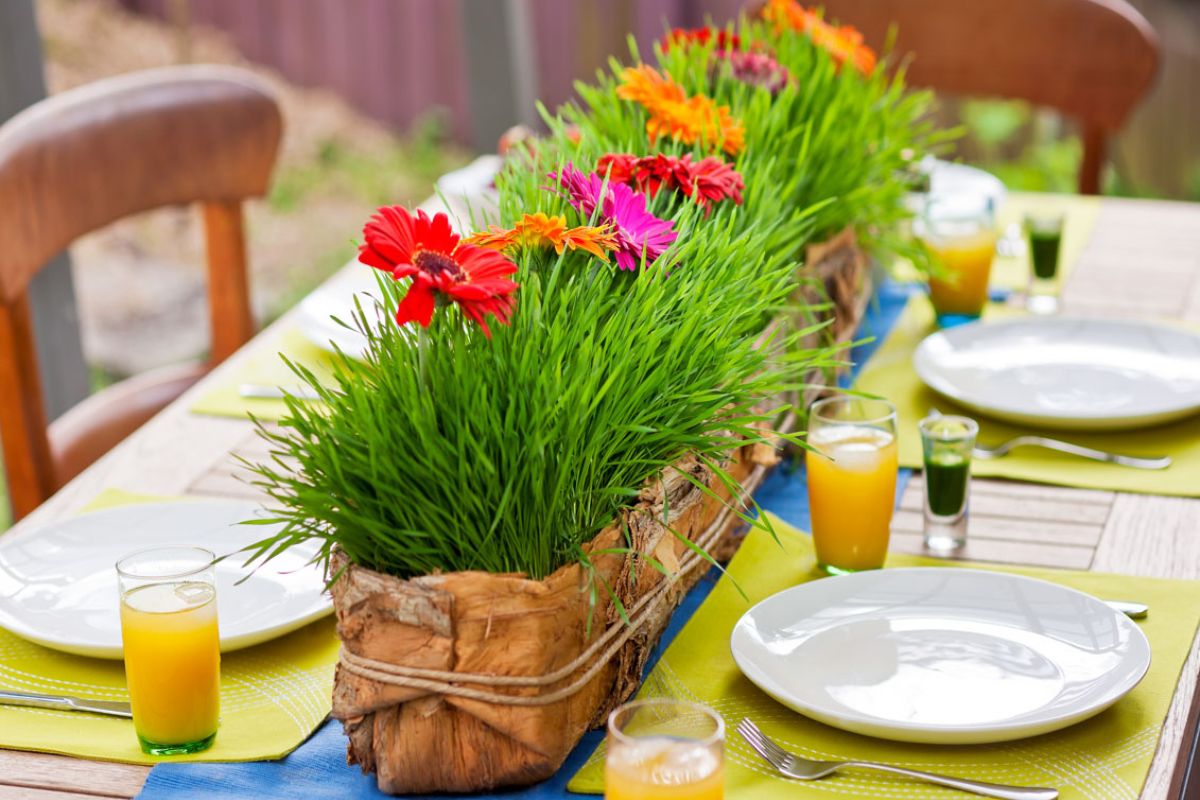
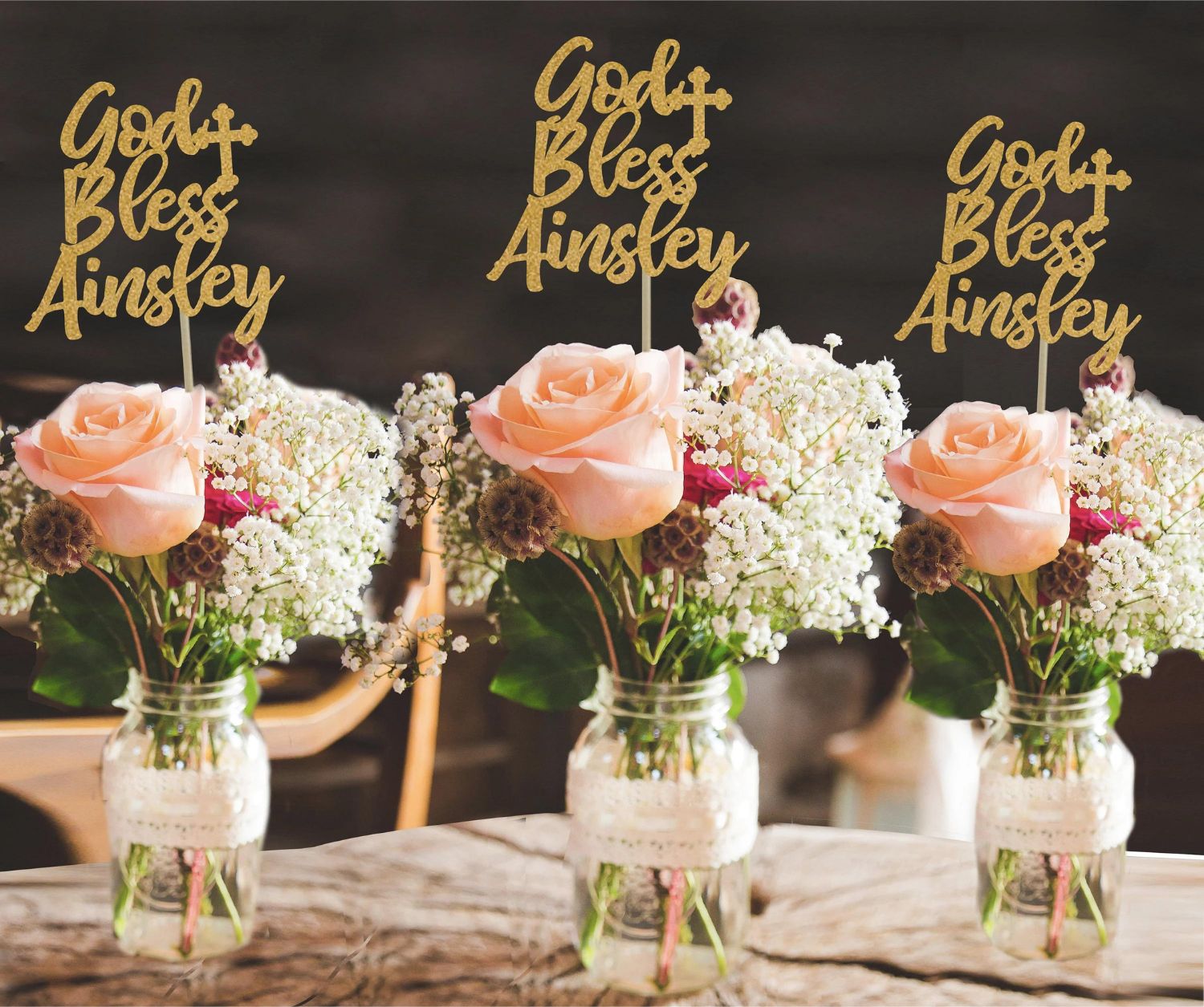
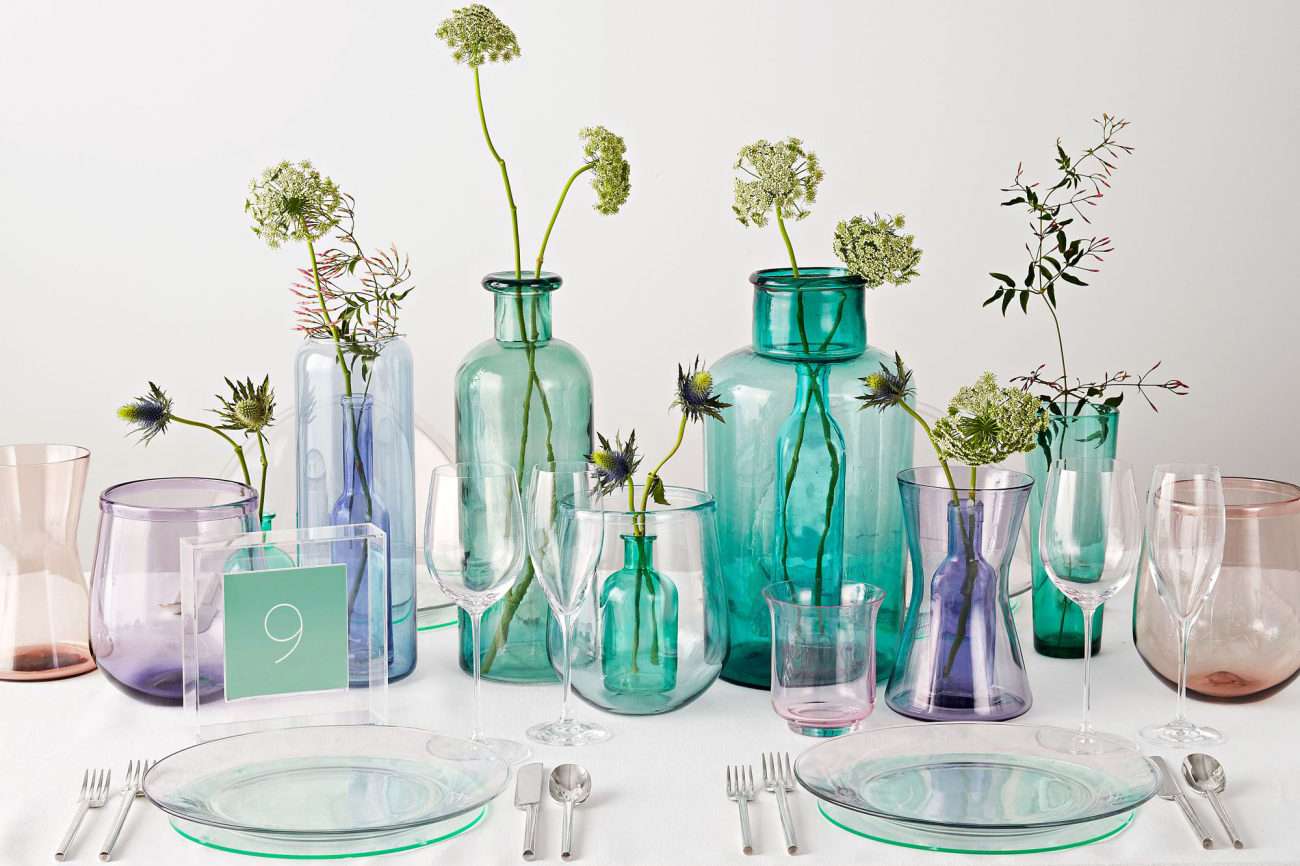
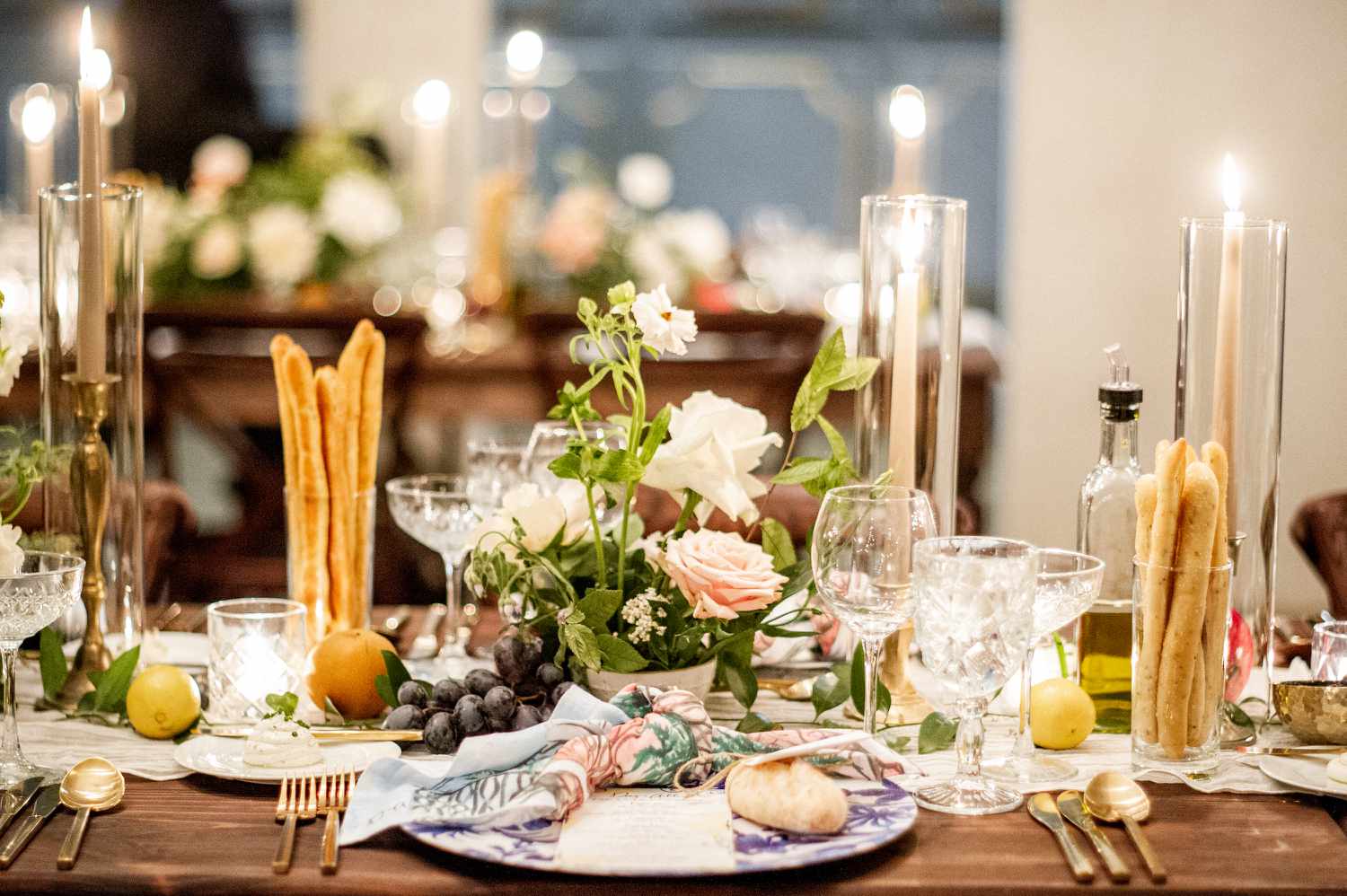
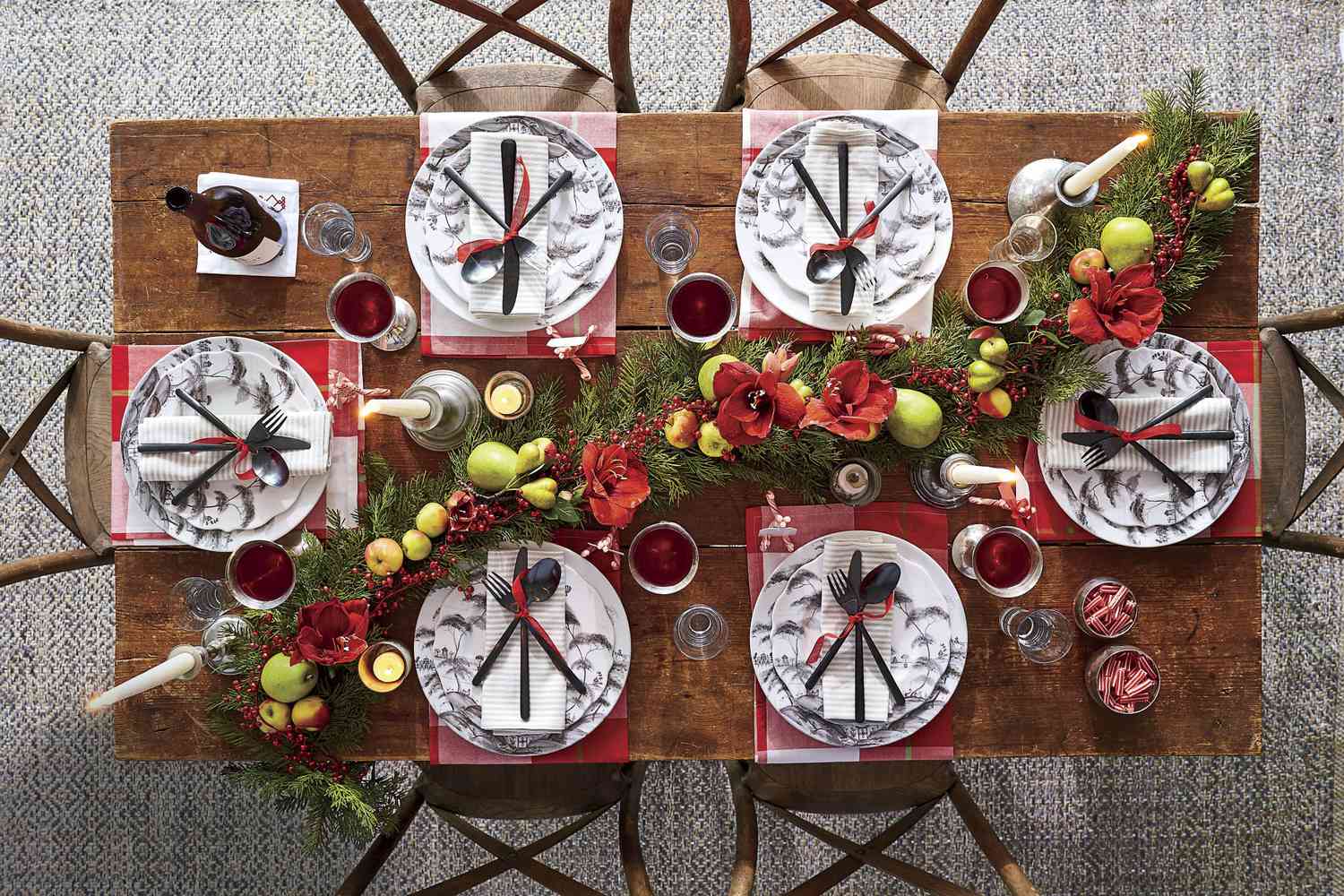
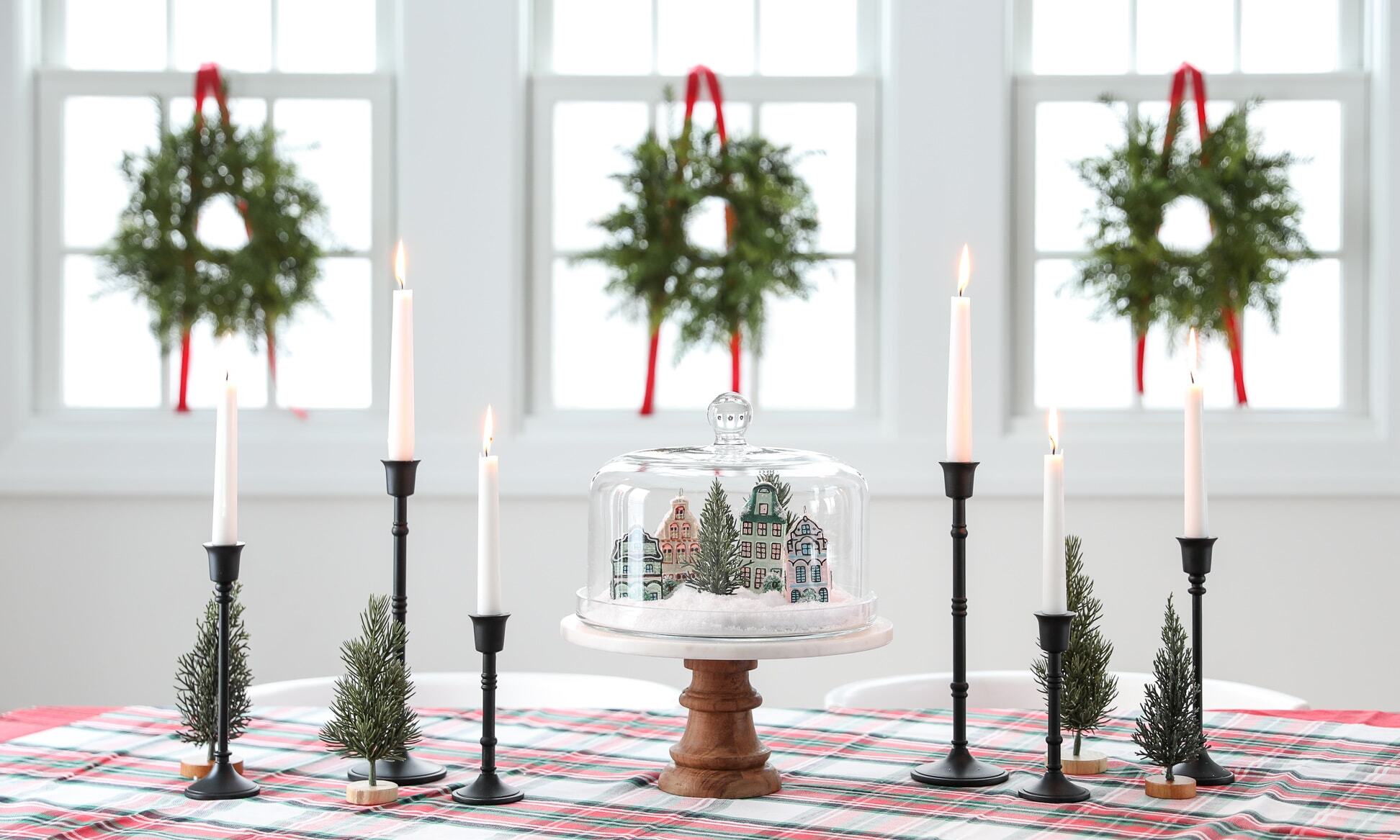
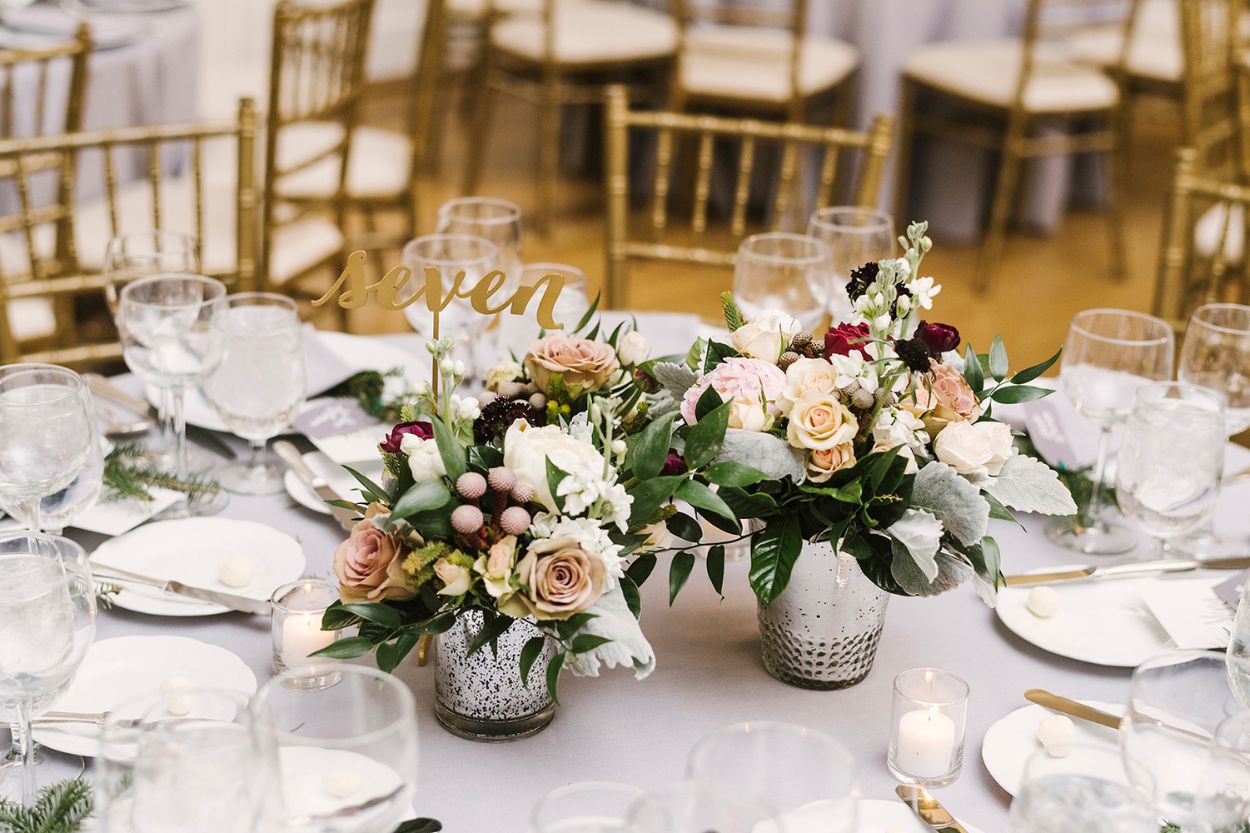
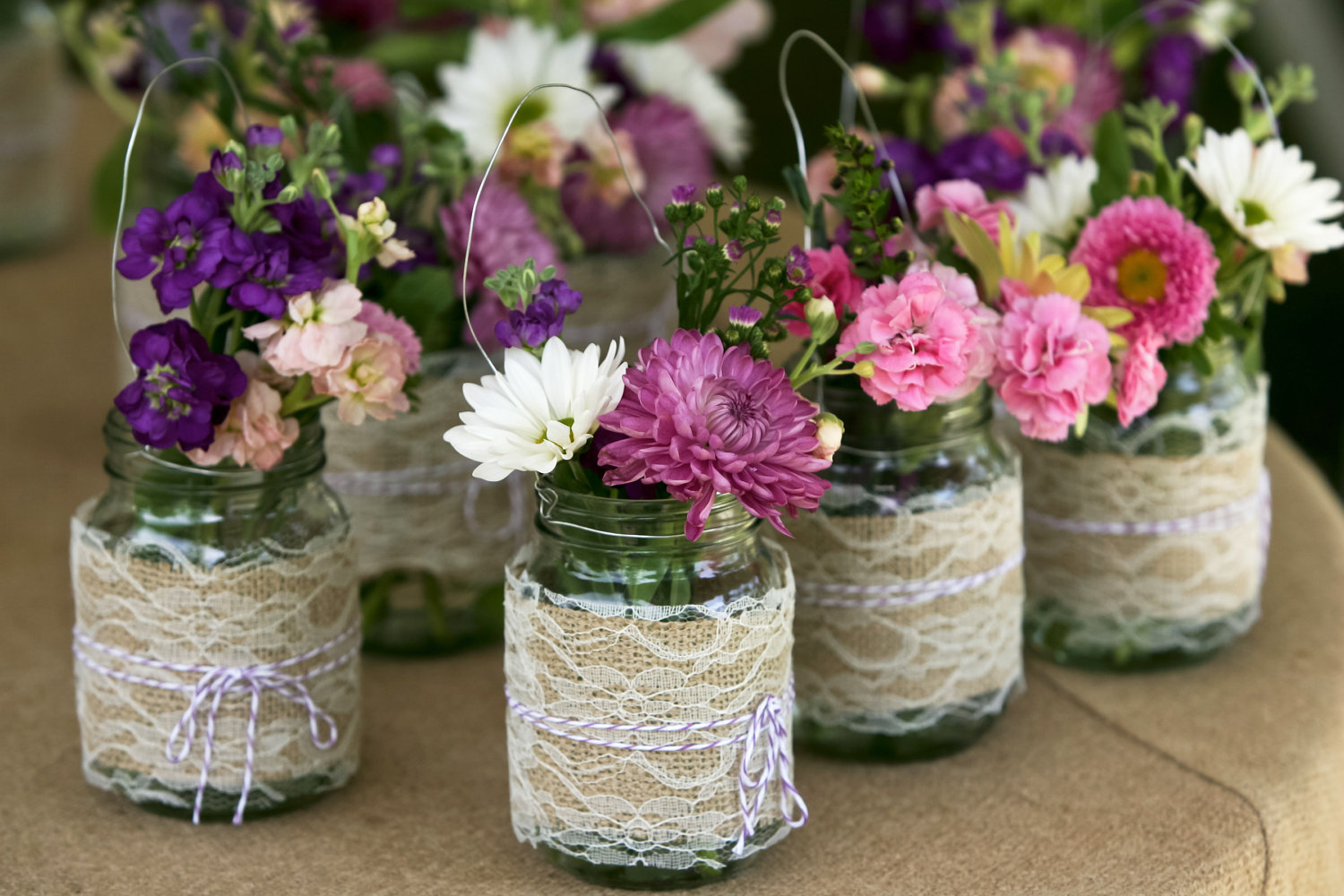
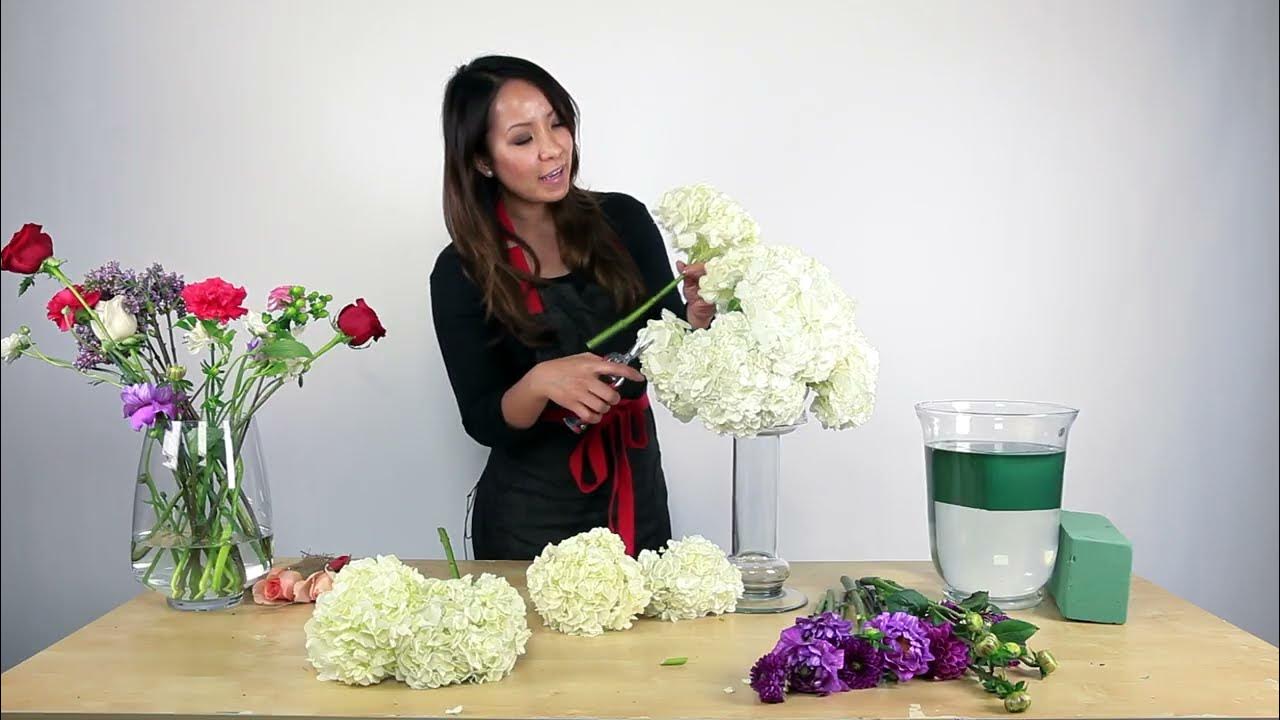
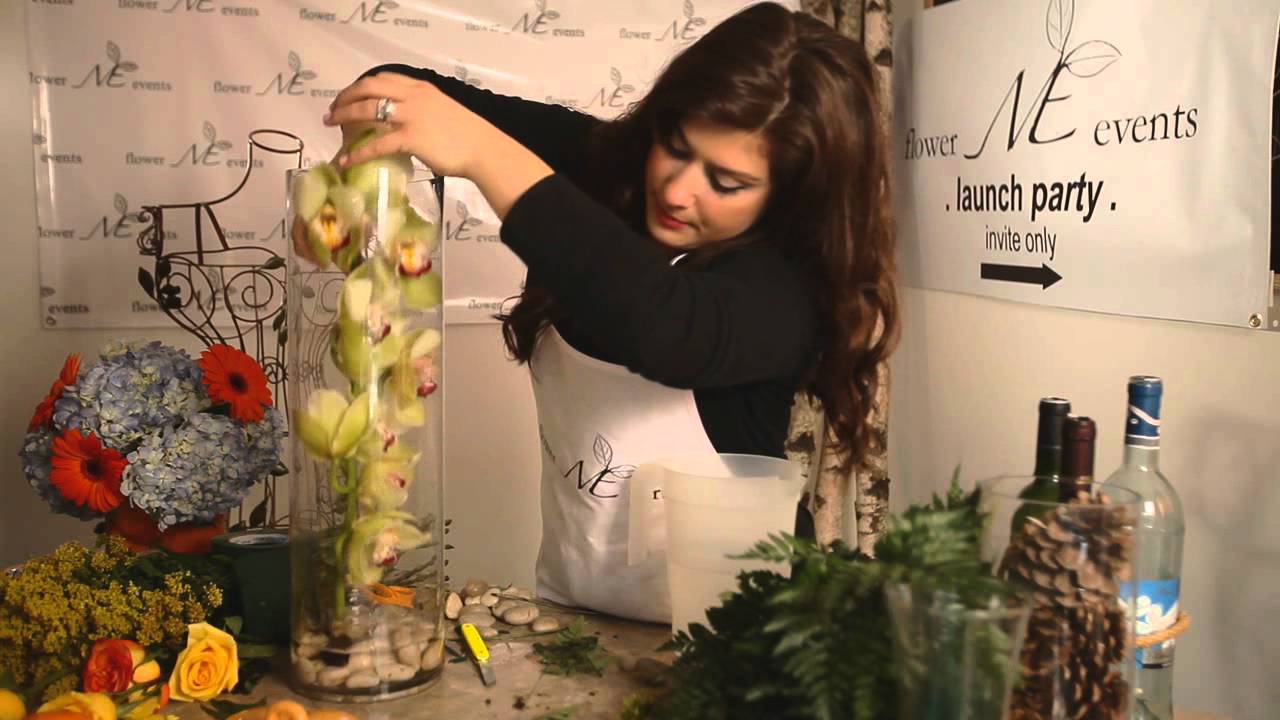

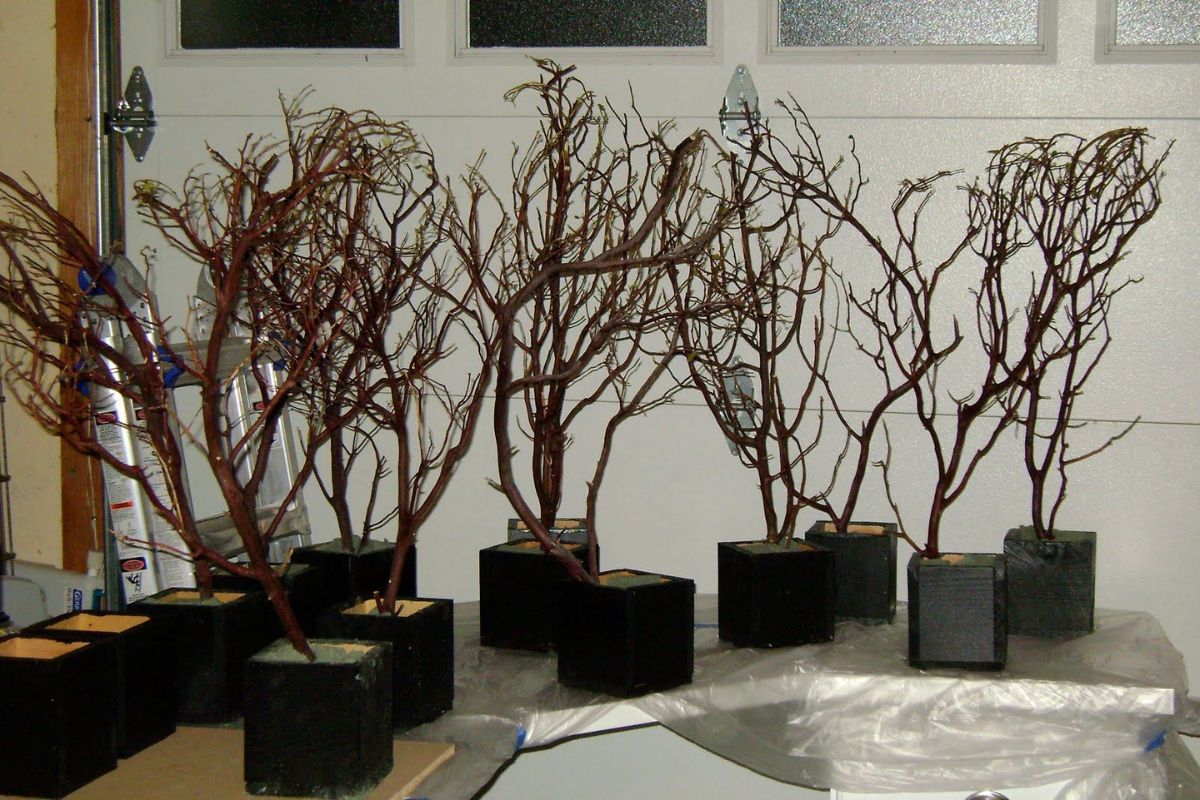
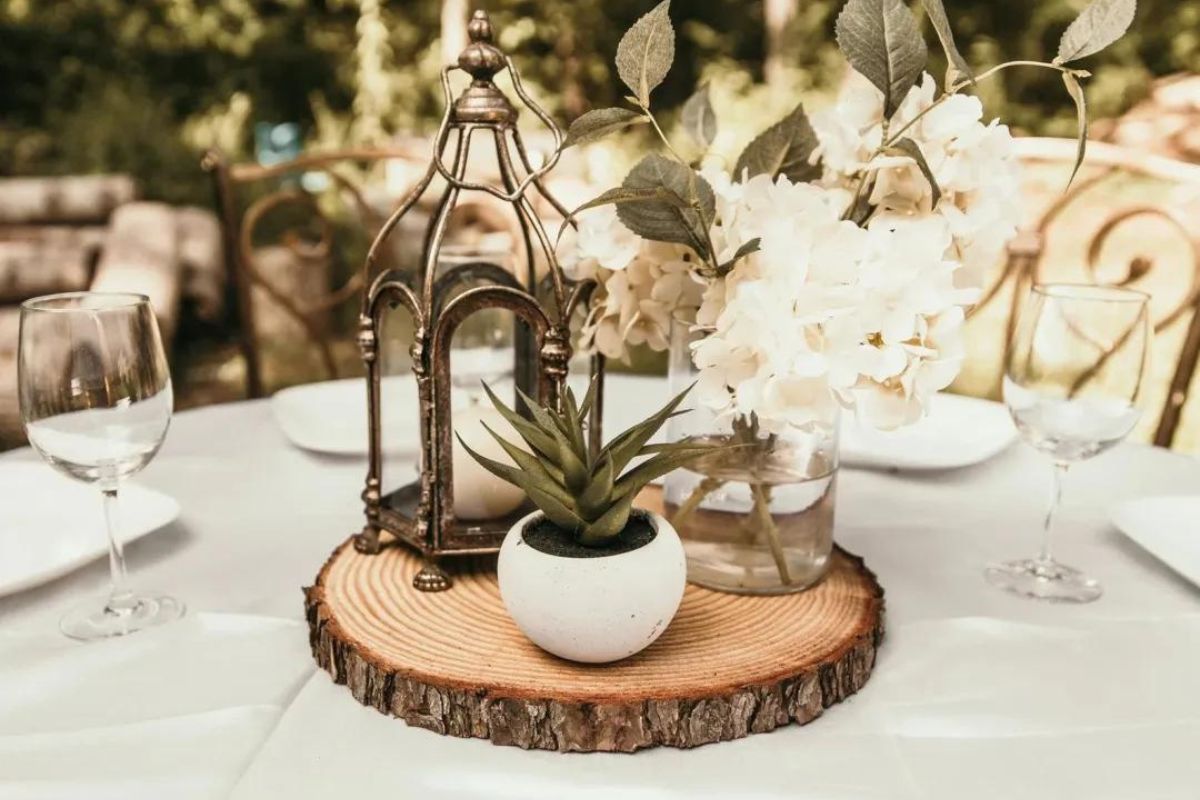

0 thoughts on “How To Make Centerpieces For Tables”